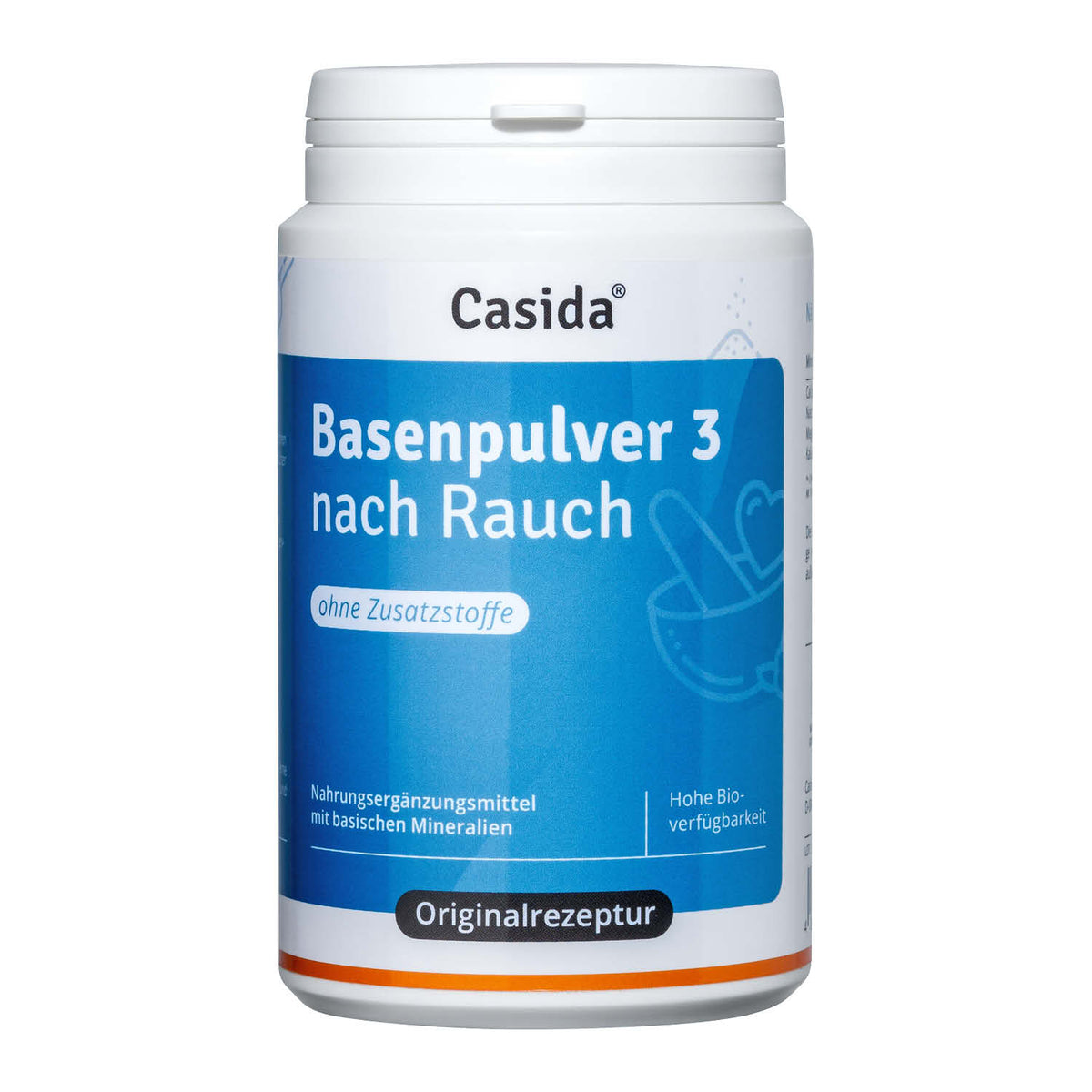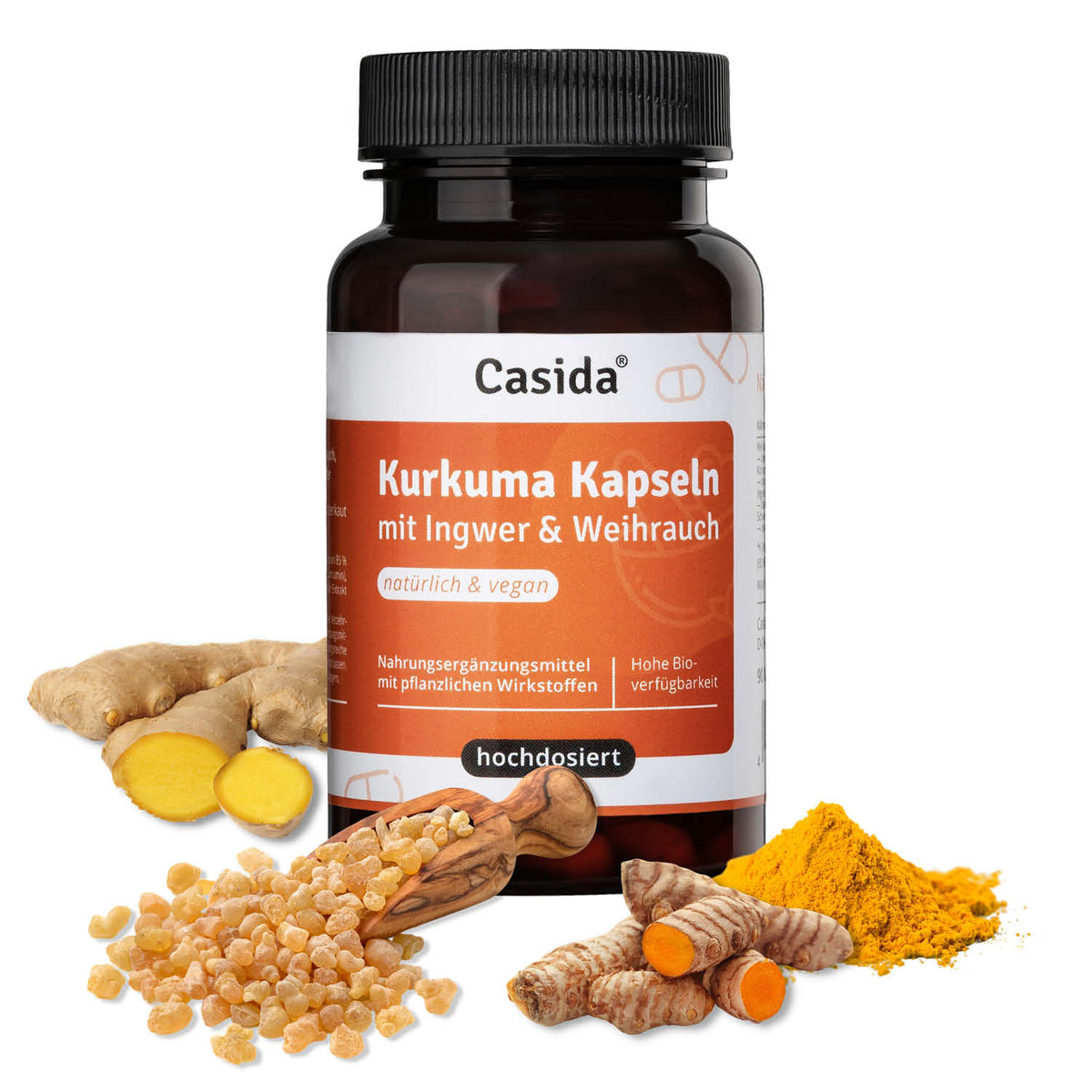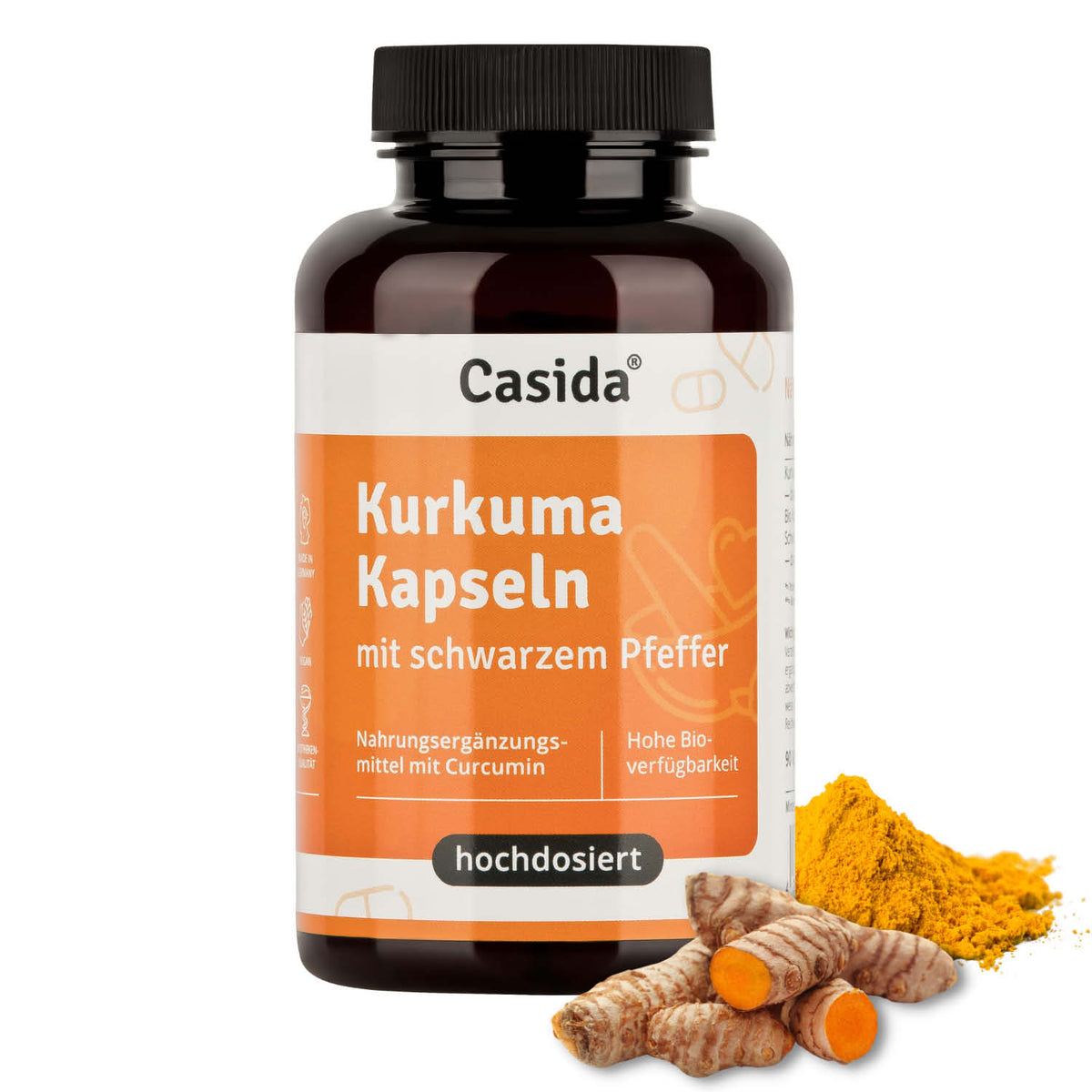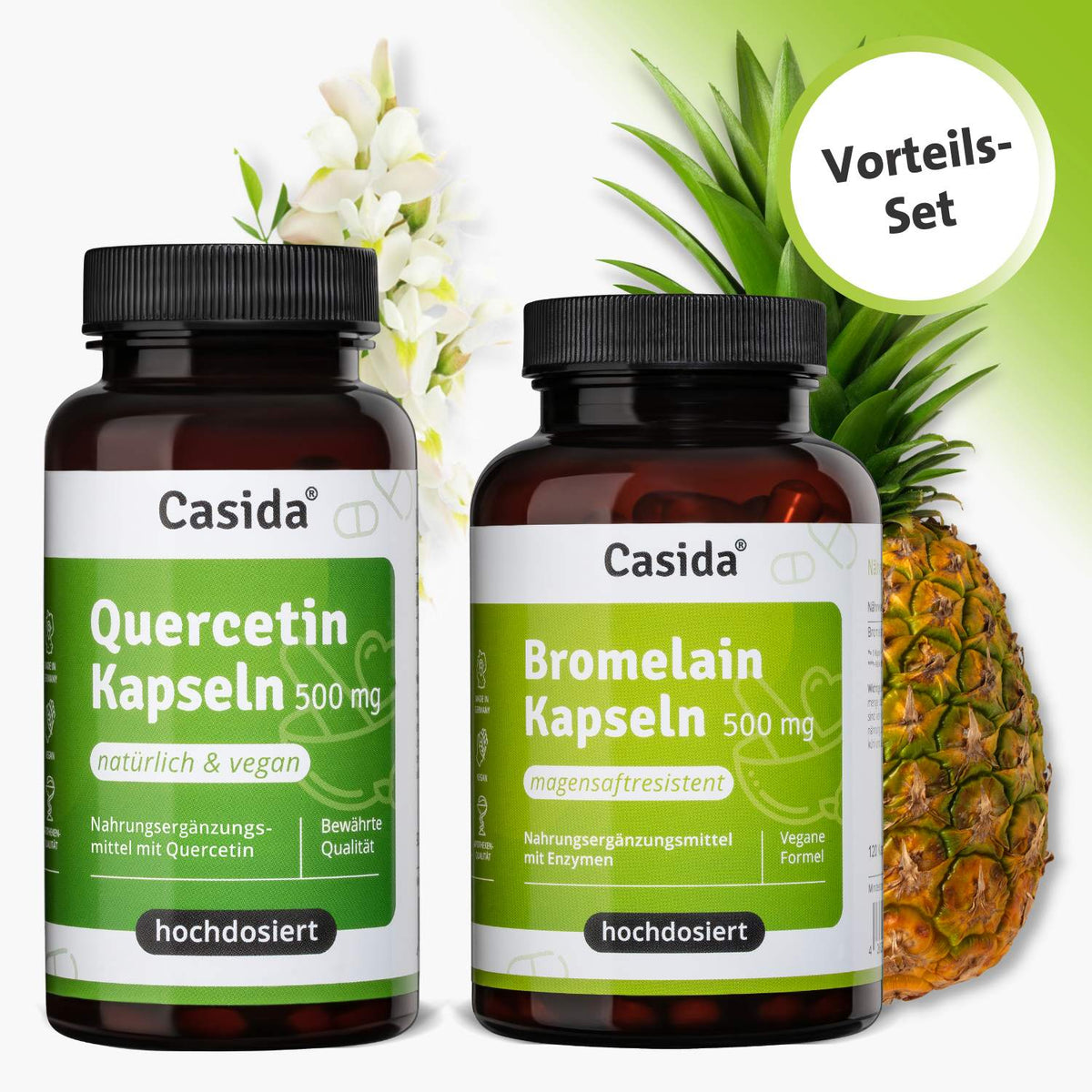Turmeric is a true superfood spice. It has antioxidant and anti-inflammatory properties, strengthens the immune system, and can help improve digestion. Curry—the Far Eastern blend of various spices—is probably familiar to everyone. Turmeric—an Asian root, better known here as yellow ginger, saffron root, or turmeric—is responsible for its yellow color. The root not only gives curry its typical color and flavor, but is also a long-standing and frequently used herbal remedy in India and China. Turmeric plays a particularly important role in Ayurvedic medicine and traditional Chinese medicine (TCM) and is one of the oldest known medicinal plants.
Table of Contents
Relieve inflammation with curcumin
The World Health Organization (WHO) even recommends 3 grams of the root daily for the treatment of digestive disorders and also attributes anti-inflammatory effects to the spice. Other clinical studies also demonstrate that curcumin can reduce inflammation by binding to and blocking enzymes involved in inflammatory processes. It is also said to inhibit the buildup of certain protein complexes in the brain that may be responsible for the development of Alzheimer's disease.*
Essential Oils Against Bacteria
Curcumin, however, is not the only medicinally effective ingredient in the plant. The root tuber contains between two and seven percent of essential oils, which are said to have antioxidant and antimicrobial (antifungal/bacterial) effects. Although these oils are less active than curcumin, they improve the absorption of curcumin into the body and thus enhance its healing effects. A total of 90 metabolically active ingredients have been identified so far, although some of them have not yet been fully deciphered.
How to take turmeric correctly
Turmeric can be consumed in a variety of ways. As a healthy, expressive spice, such as in Indian curries and the like. It is also available as a tea, tincture, dietary supplement, or finished medicinal product. Tea is the least effective form of administration, as the valuable and healing ingredients are difficult to dissolve in water. It is better to prepare it fresh and DIY.
To do this, simply get a small turmeric tuber, which is now available in almost every fruit and vegetable or grocery store, peel it, and grate it into freshly squeezed orange juice. If you like, add some fresh ginger and a few drops of oil, as the oil ensures the ingredients are well absorbed by the body. The power shot is ready, which tastes exceptionally good and has been proven to strengthen the immune system.
Other delicious ways to use turmeric are in Far Eastern curries. Here, curcumin unfolds its healing effects particularly well because it can be better absorbed by the body when combined with other substances and spices. Turmeric is also appearing more and more frequently in smoothies, and there are now small turmeric shots in almost every refrigerated section, offered as an immune booster. And if you want to treat yourself to something special, try a turmeric latte. To go, of course, at the moment.
Source:
- *Deutsche Apotheker Zeitung (DAZ), 2001
Important note / disclaimer: As pharmacists, we share our pharmaceutical expertise and wealth of naturopathic experience in the Casida guide. An individual diagnosis and consultation are always necessary. Therefore, this offer cannot replace medical advice. This offer is not intended to treat, cure, or prevent any disease. It is not a substitute for medication or other treatments prescribed by a doctor.








